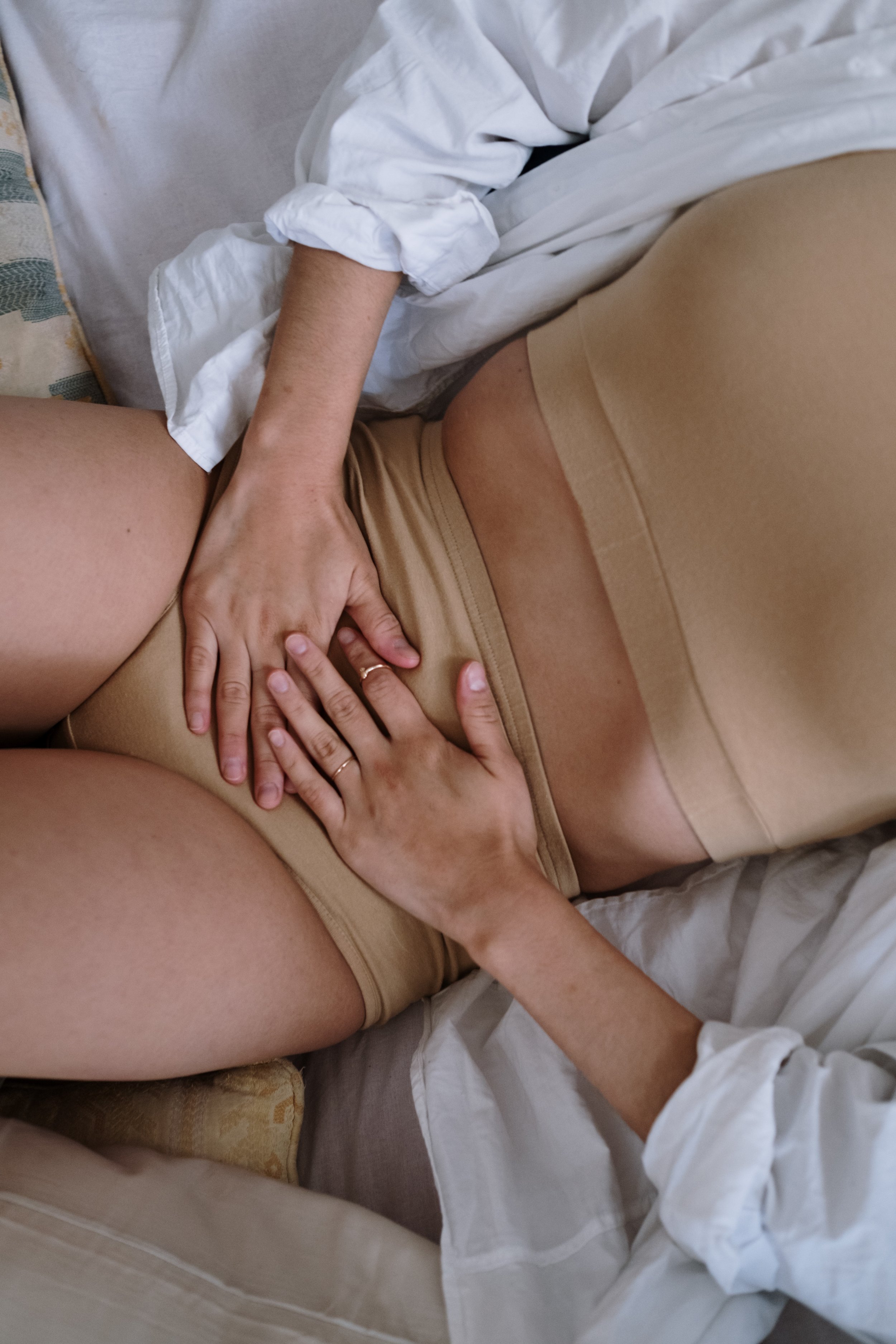Disclaimer: Acute and active UTI’s should be evaluated and treated by a physician. Physical therapy as treatment of UTI’s should be done in non-acute periods as a way of preventing future infections.
In 2018 the European Association of Urology Guidelines came out with a recommendation for recurrent UTI’s to be addressed first with behavior change, followed by short term antimicrobial measures, and lastly with long term antibiotic prophylaxis. In the U.S. however, antibiotics continue to be the first line of defense rather than behavior modification for UTI’s, despite the clinical practice guideline. Research shows recurrent UTI’s often present in conjunction with pelvic floor dysfunction, therefore justifying physical therapy as a long term treatment option for recurrent UTI’s.
UTI’s are often correlated with objective findings of decreased pelvic floor coordination which leads to voiding dysfunction. Voiding dysfunction is the involuntary contraction of the external urethral sphincter when voiding, a structure that should be relaxed during this action. This dysfunction can lead to urine flow traveling up the urethra, bringing with it bacteria up to the bladder and increasing risk of developing UTI. This voiding dysfunction can result from a hypertonic (or tight and guarded) pelvic floor, urinary frequency, abnormal urinary habits (like holding for long amounts of time in professions such as teaching or nursing), or uncoordinated pelvic floor musculature.
Research has shown pelvic physical therapy can improve voiding dysfunction by addressing underlying pelvic floor muscle dysfunction and can lead to less use of medication for UTI and less incidences of UTI. One study found with individualized pelvic physical therapy, the median incidence of UTI’s in a 12 month period declined from 4.5 infections to 0 infections!
At our Boulder Physical Therapy practice, treatment includes addressing individualized pelvic floor muscle dysfunction, reeducation of pelvic floor muscle function, postural and bladder emptying techniques, and education on voiding intervals and water intake in order to optimize bladder emptying, retrain negative voiding behavior, and improve pelvic floor function to prevent future infection.
In accordance with European clinical practice guidelines and current research, anyone that has gotten 3 or more UTI’s in a year should seek out a pelvic floor physical therapist in order to evaluate how a pelvic floor dysfunction may be contributing to their infections, and to resolve that dysfunction.
References
Divine, Kate PT, DPT, WCS; McVey, Lisa PT, DPT Physical Therapy Management in Recurrent Urinary Tract Infections: A Case Report, Journal of Women’s Health Physical Therapy: January/March 2021 – Volume 45 – Issue 1 – p 27-33

